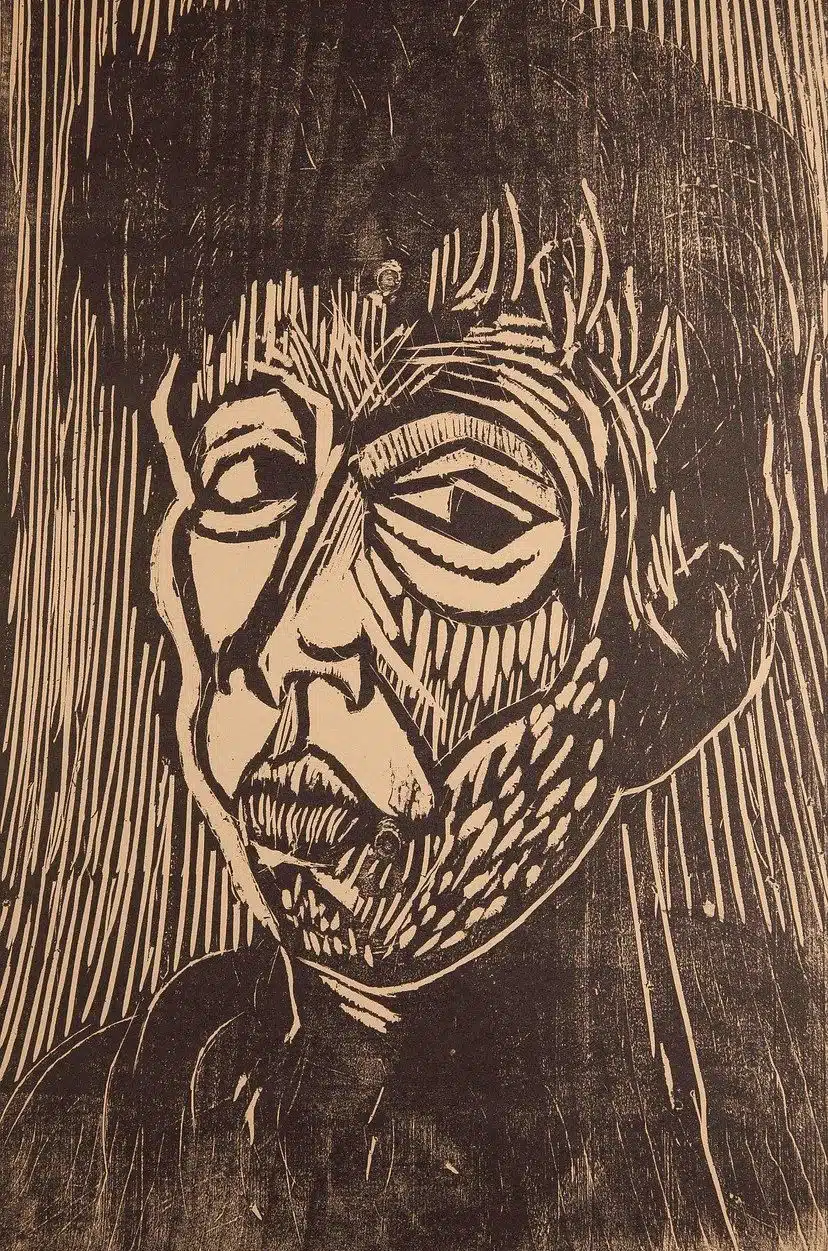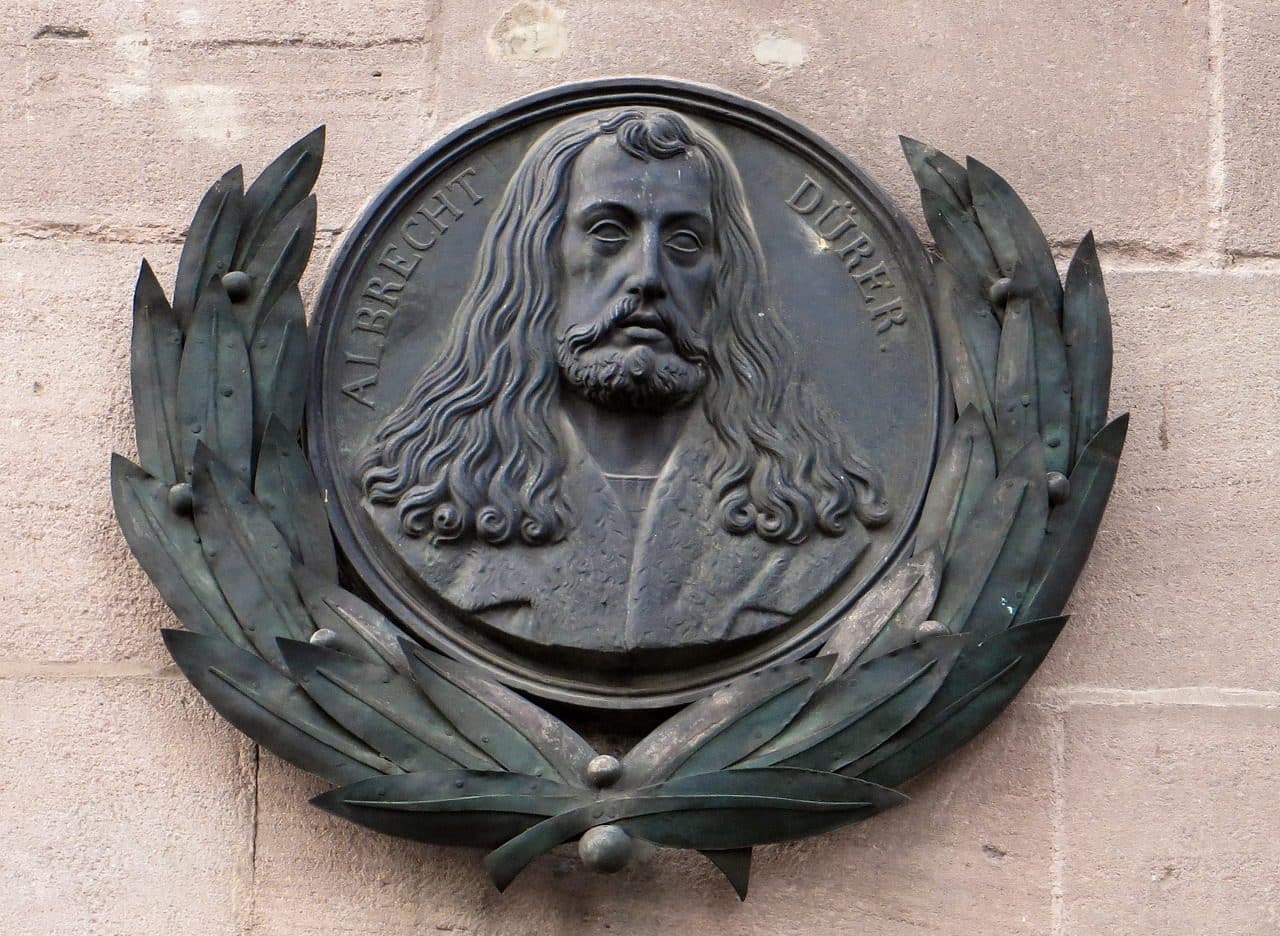
Woodcut is engraving on wood.
Woodcut is the artistic discipline that consists of engraving on wood . The term is also used to name typographic printing that is carried out with sheets of wood that have been engraved.
The technique consists of carving an image or text on a piece of wood , usually pear or cherry. To perform this task, a burin or gouge is used. Once the carving is done, ink is placed to impregnate the surface and then the wood is pressed against a piece of fabric or paper, among other supports, to print the engraving.
Origin of woodcut
Historians claim that woodcut emerged in China . Over the years, the emergence of other, more efficient and faster mechanization methods for printing caused woodcut to lose popularity. Currently, woodcut is no longer used in the industrial field, although it maintains its followers among craftsmen and artists.
For a long time , however, woodcut was the most used technique to illustrate books. It was also widely used for the creation of religious prints and for making playing cards.
The oldest works of woodcut that we know today date from before the year 220 , from China , and are printed on fabric. Regarding the examples from Egypt , they are three centuries more recent. In Japan there is ukiyo-e , a type of printing that is made with the help of wooden stamps .
Logically, when the printing press emerged, woodcut lost relevance, and that is why it began to be used for illustration. Later, with the arrival of intaglio (also called intaglio stamping or intaglio engraving , it consists of printing engraved images on a sheet of metal, with the help of a press), which considerably surpassed it in precision, its popularity decreased even more.

Albrecht Dürer is one of the main historical figures of woodcuts.
Classification according to type
Woodcut can be classified in different ways according to how the engraving is developed. In end-to-end xylography , the surface on which it is engraved is cut perpendicular to the fibers of the wood. In thread woodcut , however, the surface is cut parallel to the fibers.
Among the most popular artists who have stood out in the field of woodcuts is Albrecht Dürer ( 1471 – 1528 ), known in our language as Albrecht Dürer .
The woodcut process
Broadly speaking, the process begins with making a drawing on a sheet of paper, which must then be transferred to the wooden board. This step is essential, since it is very important to conceive a design that adapts to the format, that can be appreciated and generate a positive impact once the engraving process is completed.
In general, woodcut drawings present an admirable level of detail , especially in textures ; For example, birds have well-defined feathers, it is possible to see each brick of the walls, and plants display a large number of independent leaves. Of course, this makes the work of xylographs even more impressive, since the wood carving of these elements requires unparalleled dedication and precision.
Having transferred the drawing to the wood, it is time to use the aforementioned instruments to carry out the engraving: with the help of a gouge or a burin it is necessary to carve the surface so that only the lines that we intend to print stand out at the end of the process. . Woodcut artists have a very particular talent, which allows them to intuit where, how and how much to carve to obtain the result they expect; A machine, on the other hand, could achieve greater precision, but would not offer a work of art .
